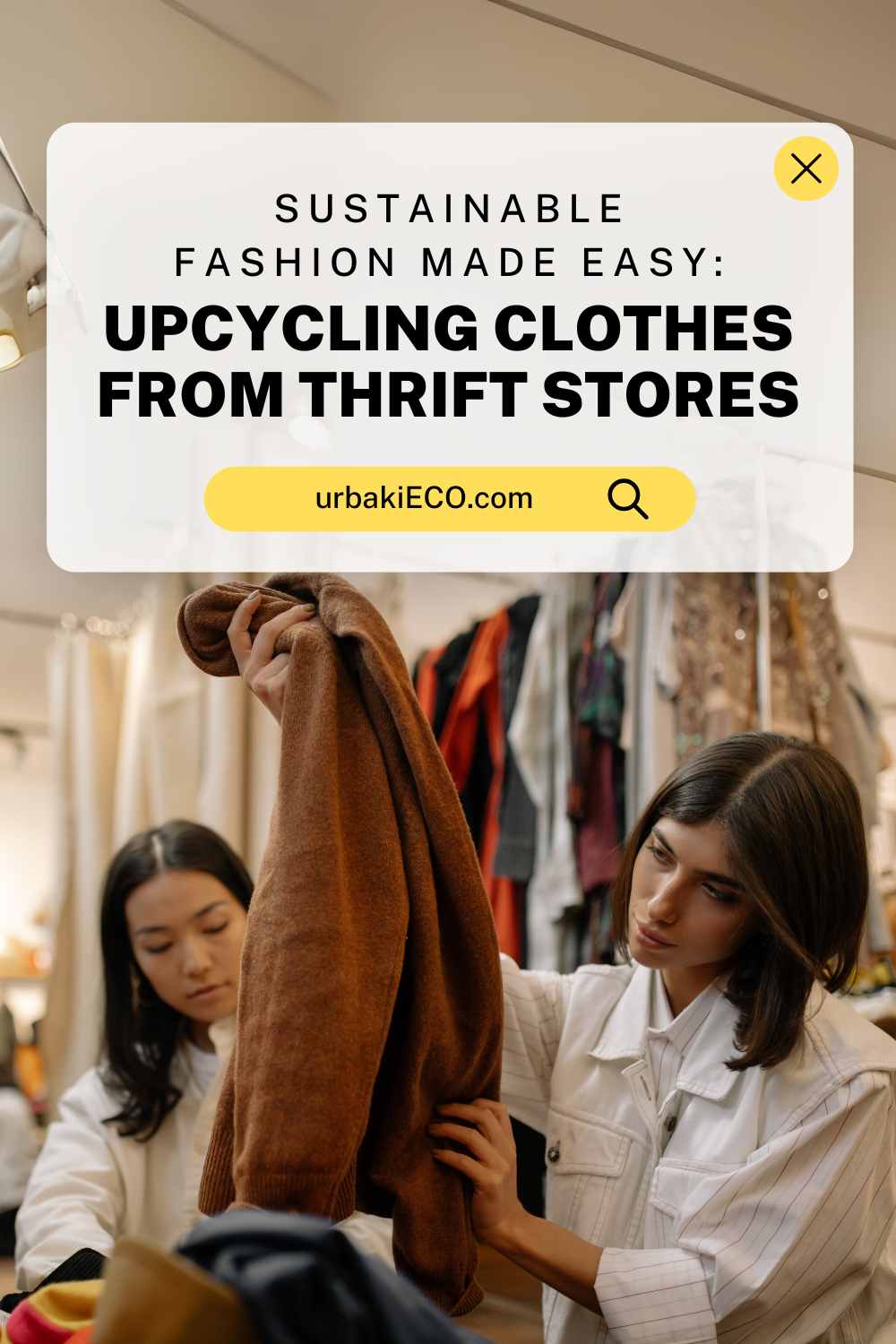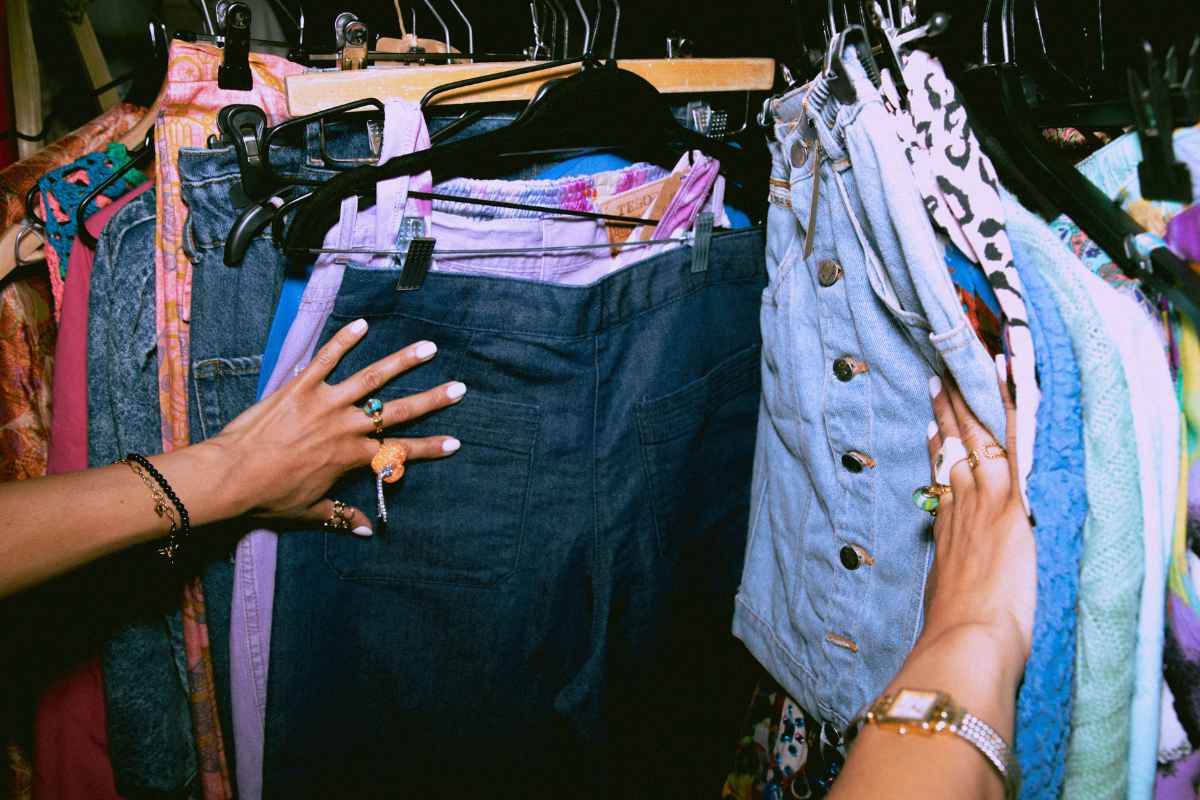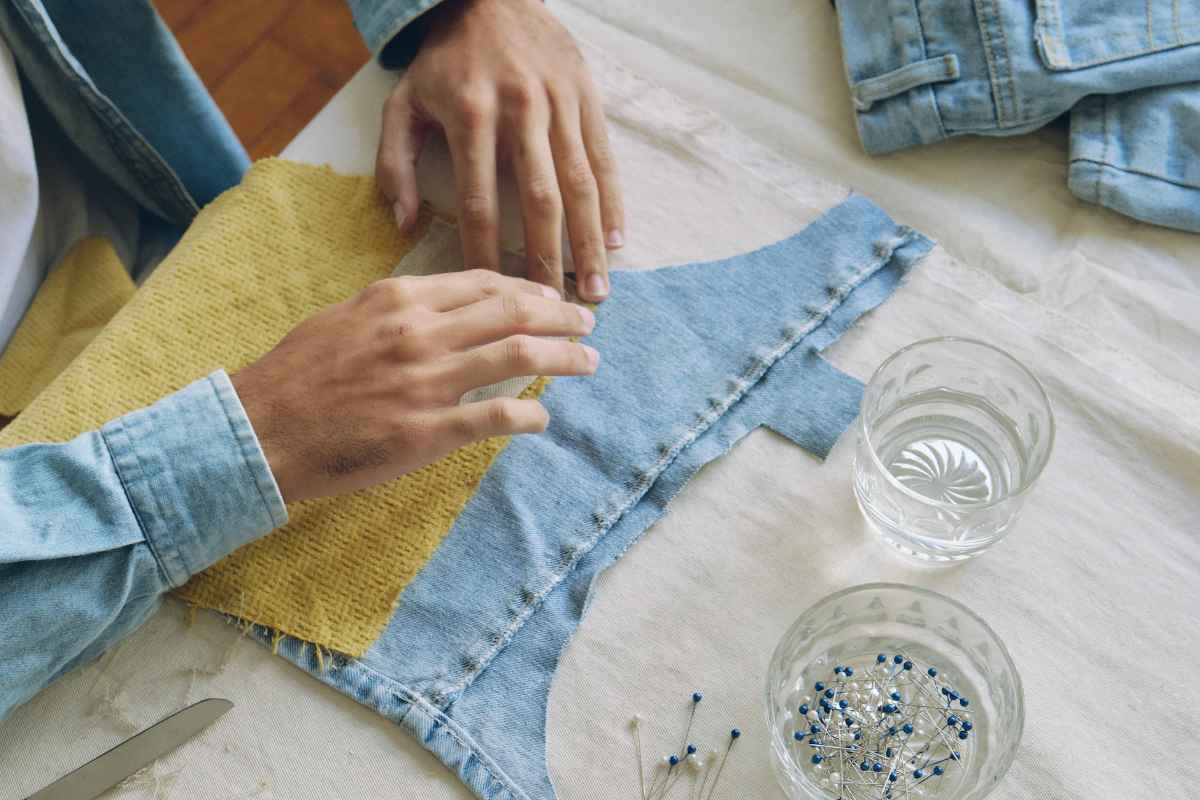- Urbaki ECO
- Conscious Consumerism
- Sustainable Fashion
- Sustainable Fashion Made Easy: Upcycling Clothes from Thrift Stores
Sustainable Fashion Made Easy: Upcycling Clothes from Thrift Stores

Thrifting has become a popular way to shop sustainably while embracing creativity and individuality. Beyond saving money, shopping at thrift stores allows you to contribute to recycling efforts and discover new opportunities for upcycling clothes.
With the fashion industry being one of the largest contributors to environmental waste, second-hand shopping offers a meaningful way to counteract fast fashion and reduce your ecological footprint.
This guide explores how thrift shopping aligns with sustainability, the art of upcycling, and how to make the most of your thrifting adventures.
The Environmental Impact of Thrifting
Shopping second-hand plays a significant role in reducing waste. Each year, millions of tons of clothing end up in landfills, contributing to pollution and resource depletion.
By choosing thrifted items, you extend the life cycle of garments and reduce the demand for new production, which often requires water-intensive processes and harmful chemicals.
Beyond the numbers, thrifting supports the circular economy, where materials and products are reused instead of discarded. This reduces the need for raw materials and lowers carbon emissions.
For anyone looking to make small, impactful changes in their lifestyle, thrift shopping is an easy and effective place to start.
Why Upcycling Clothes Matters
What is Upcycling?
Upcycling is the creative process of transforming old or discarded items into something new and valuable.
Unlike recycling, which often breaks materials down into their raw components, upcycling focuses on repurposing items in their current state. For example, turning an oversized shirt into a trendy crop top or reimagining a vintage dress with modern accents.
The beauty of upcycling lies in its ability to celebrate individuality while reducing waste. Each upcycled item becomes a one-of-a-kind creation, offering a unique style that stands apart from mass-produced trends.
The Benefits of Upcycling Clothes
- Environmental Impact: Upcycling helps minimize textile waste and reduces the need for virgin materials.
- Creativity: It’s an opportunity to experiment with styles, fabrics, and designs.
- Cost-Effectiveness: Transforming a second-hand item is often cheaper than buying new clothing.
- Sentimental Value: Upcycled pieces can carry personal meaning, especially when using items from loved ones or vintage finds.
By combining thrift shopping and upcycling, you create a sustainable fashion cycle that reflects both eco-consciousness and creativity.
How to Shop at Thrift Stores for Upcycling Projects
1. Start with a Vision
Before heading to a thrift store, consider what you want to achieve. Are you looking for specific fabrics, colors, or clothing types to upcycle? Having a vision helps you focus your search while leaving room for unexpected inspiration.
For instance, oversized shirts can be repurposed into bags or skirts, and jeans can be turned into shorts or patchwork pieces.
Related reading: How to Upcycle Old Furniture for an Eco-Friendly Home
How to Upcycle Old Furniture for an Eco-Friendly Home2. Look for Potential, Not Perfection
In thrift stores, many items might not seem appealing at first glance. However, the key to successful upcycling is seeing potential rather than perfection.
A dress with a dated cut might have beautiful fabric, or a plain T-shirt can serve as a blank canvas for embroidery or painting.
Inspect each piece for quality materials, unique patterns, or small flaws that can be creatively addressed. Minor issues like missing buttons or loose seams are often fixable and can even add to the charm of an upcycled piece.
3. Prioritize Durable Fabrics
Durable fabrics like denim, wool, and cotton are excellent choices for upcycling. These materials are versatile and hold up well during the transformation process. Avoid overly worn or fragile items, as they may not withstand alterations or extended use.
4. Explore Accessories and Home Goods
Thrifting isn’t limited to clothing. Accessories like scarves, belts, and bags can be reimagined into new items or used as accents for upcycled garments.
Additionally, home goods such as curtains or tablecloths can provide large pieces of fabric for sewing projects.
The Creative Side of Upcycling
Finding Inspiration
The possibilities for upcycling are endless, and inspiration is everywhere. Social media platforms, DIY blogs, and even thrift store displays can spark ideas.
Take note of current fashion trends or create your own by experimenting with bold patterns and textures. Upcycling allows you to express your individuality and make items that reflect your personal style.
Basic Tools for Upcycling
Having a few basic tools can make the process of upcycling easier. Scissors, needles, thread, fabric glue, and a sewing machine are useful for most projects.
For more advanced creations, consider investing in fabric dye, paint, or embellishments like patches and beads.
Embrace Imperfection
One of the joys of upcycling is the freedom to embrace imperfection. Hand-stitched details, visible seams, or asymmetrical cuts add character to your creations and set them apart from factory-made clothing. Every imperfection becomes part of the story behind the piece.
Thrifting and Community Impact
Shopping at thrift stores often supports local charities or nonprofit organizations. Many thrift shops reinvest profits into community programs, offering assistance to those in need.
By purchasing second-hand, you’re contributing to causes that uplift others while making environmentally conscious choices.
Related reading: The Hidden Costs of Fast Fashion & How to Change
The Hidden Costs of Fast Fashion & How to ChangeAdditionally, the act of thrifting and upcycling fosters a sense of community connection. Sharing your creations with friends or participating in local swap events can inspire others to explore sustainable fashion.
These shared experiences highlight the collective impact of individual efforts.
How Thrift Shopping Redefines Fashion
Thrift stores challenge traditional fashion norms by encouraging individuality and sustainability.
In a world dominated by fast fashion, second-hand shopping promotes slow fashion, where thoughtful purchases take precedence over impulsive trends. This shift not only benefits the environment but also empowers consumers to make choices aligned with their values.
Upcycling further amplifies this impact by turning old, unwanted items into fresh, modern pieces. The result is a wardrobe that’s not only stylish but also meaningful.
Every upcycled item tells a story of transformation and creativity, making it a powerful statement against disposable culture.
Final Thoughts: The Power of Thrift Shopping and Upcycling
Thrift shopping and upcycling clothes are more than just sustainable practices—they’re opportunities to redefine how we view fashion and consumption.
By embracing second-hand items and transforming them into something new, you contribute to a greener future while expressing your unique sense of style.
Whether you’re a seasoned thrifter or just beginning to explore sustainable living, there’s no limit to the creativity and impact you can achieve.
Each purchase, alteration, and upcycled piece is a step toward reducing waste, supporting communities, and promoting individuality.
Next time you visit a thrift store, remember the potential waiting to be uncovered—both in the items on the racks and in your ability to reimagine them.
Did you find this post useful or inspiring? Save THIS PIN for later in your ECO Board on Pinterest! 😊

 10 Easy Steps to Build a Sustainable Wardrobe
10 Easy Steps to Build a Sustainable Wardrobe





You may also like